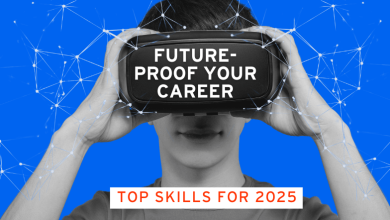Microlearning: Powerful New Way to Upskill Fast
How Microlearning Is Making Education Faster and Easier
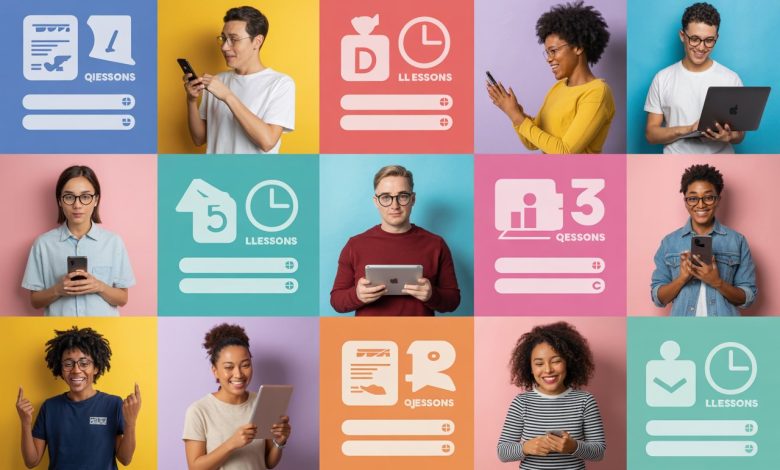
Microlearning is changing how people learn new skills and improve their knowledge. Instead of sitting through long classes or reading thick books, microlearning lets you learn in small, easy-to-digest chunks—often in just a few minutes. This article will explain what microlearning is, why it works, how it is used, and how you can use it to grow your skills and career.
What Is Microlearning?
Microlearning means learning small pieces of information at a time. Think of it as learning “bite-sized” lessons instead of big, heavy courses. Each lesson is short, usually between 2 and 10 minutes, and focuses on one main idea or skill.
For example, instead of taking a three-hour class on customer service, you might watch a five-minute video on how to handle difficult customers. Or, instead of reading a long manual, you might listen to a quick audio clip about a new software feature.
Microlearning is perfect for busy people who want to learn but do not have a lot of time.
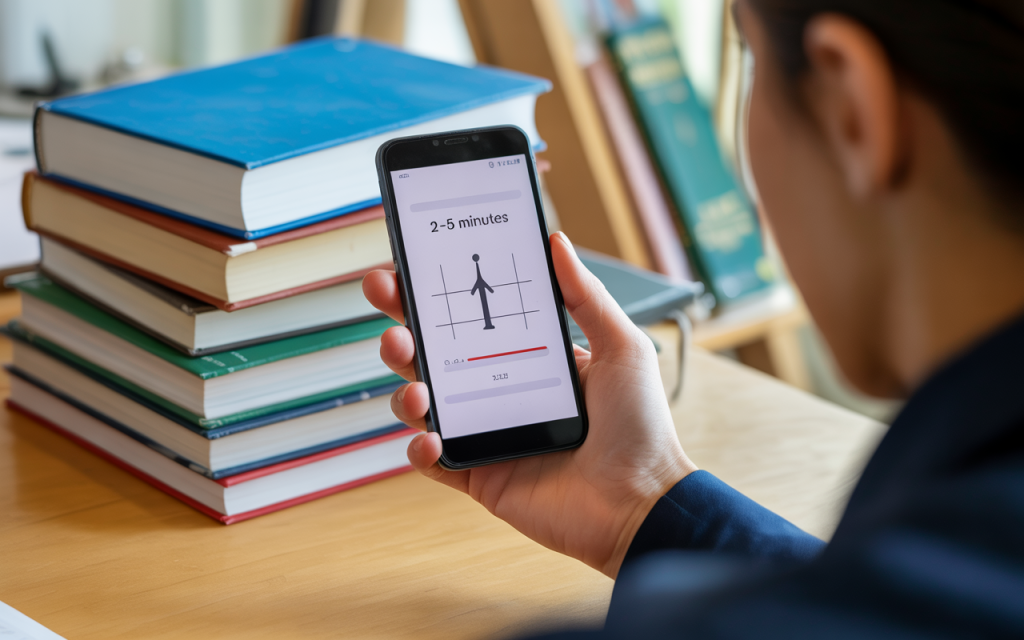
Why Is Microlearning Becoming So Popular?
There are many reasons why microlearning is becoming the new way to learn:
- It fits busy schedules. People can learn during short breaks, on the bus, or even while waiting in line.
- It is easy to remember. Short lessons help your brain focus and remember information better.
- It is flexible. You can learn what you need, when you need it.
- It is fun and engaging. Videos, quizzes, and games make learning more interesting.
- It is available everywhere. You can learn on your phone, tablet, or computer.
The Science Behind Microlearning
Microlearning works because it matches how our brains learn best. Here are some facts from science:
- Short attention spans. Most people can only focus for about 10–20 minutes at a time. Microlearning lessons are designed to fit this limit.
- Better retention. Learning in small chunks helps you remember more. Our brains store information better when it is repeated in short sessions.
- Less stress. Long classes can be overwhelming. Microlearning makes learning feel easier and less stressful.
How Microlearning Is Used
Microlearning is used in many areas:
1. Workplace Training
Companies use microlearning to train employees quickly and efficiently. Instead of long training sessions, workers can watch short videos or take mini-quizzes to learn new skills.
2. School and Education
Teachers use microlearning to help students understand difficult topics. Short videos, flashcards, and interactive games make learning more fun and effective.
3. Personal Development
Anyone can use microlearning to learn new hobbies, improve job skills, or stay updated on current events. There are apps and websites with thousands of short lessons on almost any topic.
4. Language Learning
Apps like Duolingo use microlearning to teach languages in short, daily lessons. This helps learners practice every day without feeling overwhelmed.

Benefits of Microlearning
Microlearning offers many advantages:
- Saves time: Learn in minutes, not hours.
- Easy to access: Lessons are available on phones, tablets, and computers.
- Better engagement: Interactive content keeps learners interested.
- Higher retention: Short lessons help you remember more.
- Flexible learning: You can learn anytime, anywhere.
Challenges of Microlearning
While microlearning is great, it also has some challenges:
- Not for deep learning: Some topics need longer, more detailed study.
- Can feel scattered: Too many short lessons can make learning seem disorganized.
- Needs good content: Lessons must be well-designed to be effective.
- Requires self-discipline: You must make time to learn regularly.
Microlearning vs. Traditional Learning
Here is a table comparing microlearning and traditional learning:
| Feature | Microlearning | Traditional Learning |
|---|---|---|
| Lesson Length | 2–10 minutes | 30 minutes to several hours |
| Focus | One topic or skill | Multiple topics |
| Flexibility | Very high | Lower |
| Access | Any device, anytime | Scheduled classes |
| Engagement | High (videos, games, quizzes) | Lower (lectures, readings) |
| Retention | High | Lower |
| Best For | Quick skills, updates | Deep knowledge, theory |
Real Examples of Microlearning
Here are some real ways microlearning is used:
- Business training: Employees watch short videos to learn new software or safety rules.
- Health and safety: Workers take quick quizzes to learn about workplace safety.
- Language learning: Apps use short lessons to teach new words and phrases.
- Personal growth: People watch TED-Ed videos or listen to short podcasts to learn new ideas.
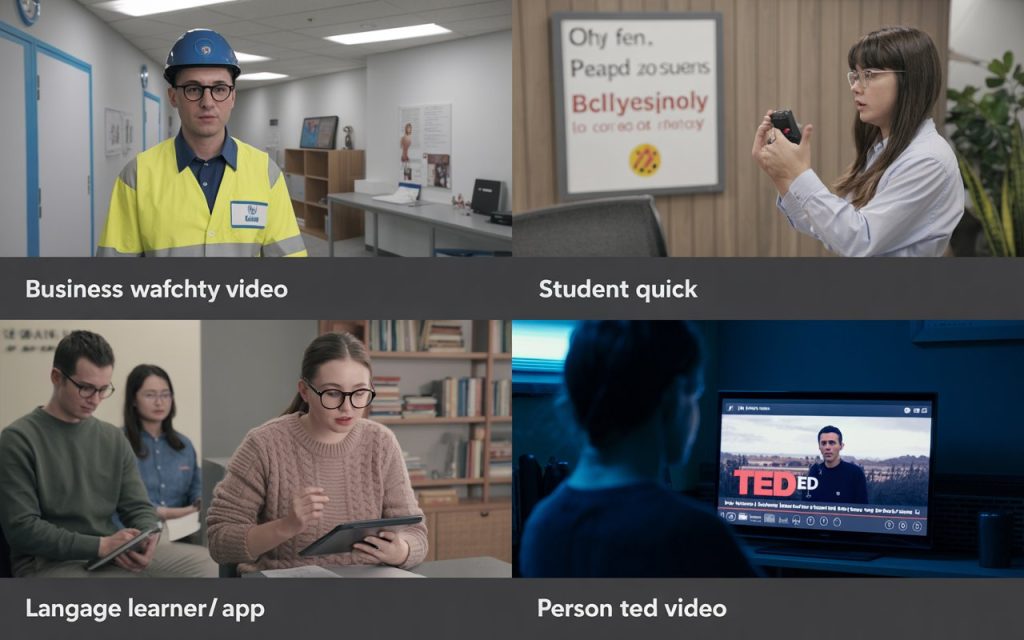
How to Use Microlearning for Yourself
You can use microlearning to improve your skills and knowledge. Here are some tips:
- Find good apps or websites: Look for apps like Duolingo, Khan Academy, or LinkedIn Learning.
- Set small goals: Aim to complete one short lesson each day.
- Use your downtime: Learn during breaks, commutes, or while waiting.
- Review often: Repeat lessons to help you remember.
- Mix it up: Use videos, quizzes, and games to keep learning fun.
The Future of Microlearning
Microlearning is likely to grow even more in the future. Here’s why:
- Technology is improving: Better apps and devices make microlearning easier and more fun.
- People want flexibility: More people want to learn on their own schedule.
- Work is changing: Jobs require new skills all the time. Microlearning helps people stay updated.
How Companies Are Using Microlearning
Many companies are now using microlearning to train their teams. Here are some examples:
- Onboarding new employees: Short videos and quizzes help new hires learn company policies and tools.
- Product training: Sales teams watch quick videos to learn about new products.
- Safety training: Workers take short lessons to stay safe on the job.
How Schools Are Using Microlearning
Schools and universities are also using microlearning to help students learn better:
- Homework help: Students watch short videos to understand difficult topics.
- Test preparation: Quick quizzes help students review for exams.
- Special education: Short, focused lessons help students with learning challenges.
Best Practices for Creating Microlearning Content
If you want to create microlearning lessons, follow these tips:
- Keep it short: Focus on one main idea per lesson.
- Make it interactive: Use quizzes, games, and videos to keep learners engaged.
- Use visuals: Pictures and videos help explain ideas quickly.
- Be clear and simple: Use easy language and avoid jargon.
- Repeat key points: Help learners remember by repeating important information.

Microlearning for Personal Growth
You can use microlearning to grow in many areas:
- Career skills: Learn new software, communication skills, or leadership tips.
- Health and wellness: Watch short videos about exercise, nutrition, or mental health.
- Hobbies: Learn to cook, play an instrument, or paint in short lessons.
- Current events: Stay updated with short news summaries or podcasts.
How to Stay Motivated with Microlearning
It can be hard to stick with learning, even with short lessons. Here are some ways to stay motivated:
- Set small goals: Celebrate when you finish a lesson.
- Track your progress: Use an app or notebook to see how much you’ve learned.
- Find a learning buddy: Learn with a friend or coworker.
- Reward yourself: Treat yourself after reaching a goal.
Common Mistakes with Microlearning
Here are some mistakes to avoid:
- Skipping lessons: Consistency is key. Try to learn a little every day.
- Choosing poor content: Make sure lessons are well-made and accurate.
- Not reviewing: Repeat lessons to help you remember.
- Ignoring feedback: Use quizzes and tests to check your understanding.
How to Choose the Right Microlearning Platform
There are many microlearning apps and websites. Here’s how to choose the right one:
- Check reviews: Look for apps with good ratings and positive feedback.
- Try free lessons: Many apps offer free samples to see if you like them.
- Look for your topic: Make sure the app covers what you want to learn.
- Check for updates: Good apps add new lessons regularly.
The Role of Technology in Microlearning
Technology makes microlearning possible. Here’s how:
- Mobile apps: You can learn on your phone or tablet.
- Online videos: Short videos make learning easy and fun.
- Interactive tools: Quizzes and games help you practice.
- Cloud storage: Your progress is saved online, so you can learn anywhere.
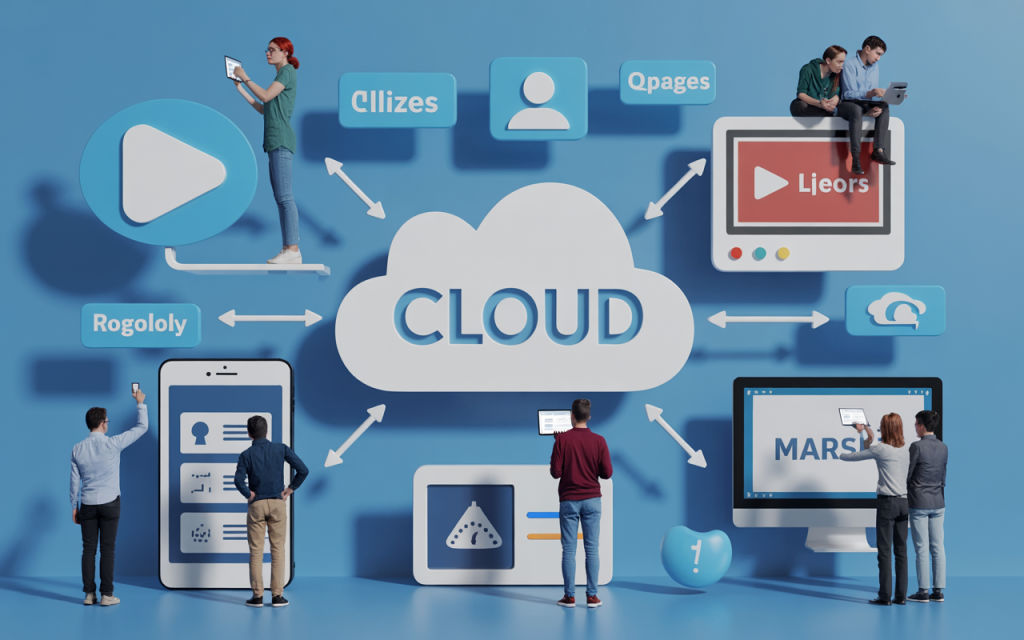
Microlearning for Teams and Organizations
Teams and organizations can use microlearning to improve performance:
- Team training: Everyone can learn new skills together.
- On-demand learning: Workers can learn when they need to.
- Tracking progress: Managers can see who has completed lessons.
- Custom content: Companies can create their own lessons for specific needs.
How to Measure the Success of Microlearning
You can check if microlearning is working by:
- Tracking completion rates: See how many people finish lessons.
- Testing knowledge: Use quizzes to check understanding.
- Getting feedback: Ask learners what they liked and what could be better.
- Measuring results: See if skills and performance improve.
Real-Life Success Stories
Here are some real examples of microlearning success:
- A retail company used short videos to train staff on new products. Sales increased by 15%.
- A hospital used quick quizzes to teach safety rules. Accident rates dropped by 20%.
- A school used short videos to help students with math. Test scores improved by 10%.
The Impact of Microlearning on Education
Microlearning is changing education in many ways:
- More engagement: Students are more interested in learning.
- Better results: Short lessons help students remember more.
- More flexibility: Students can learn at their own pace.
- Access for everyone: Anyone with a phone or computer can learn.

How to Get Started with Microlearning
Ready to try microlearning? Here’s how to get started:
- Choose a topic: What do you want to learn?
- Find an app or website: Look for one with good reviews.
- Set a goal: Decide how many lessons you want to complete each week.
- Start learning: Watch, listen, or play your first lesson.
- Track your progress: Keep a record of what you’ve learned.
- Review and repeat: Go back to lessons to help you remember.
The Future of Learning Is Microlearning
Microlearning is not just a trend—it is the future of learning. As technology improves and our lives get busier, more people will turn to short, focused lessons to learn new skills and stay updated. Whether you want to improve your career, learn a new hobby, or just stay curious, microlearning makes it easy and fun.
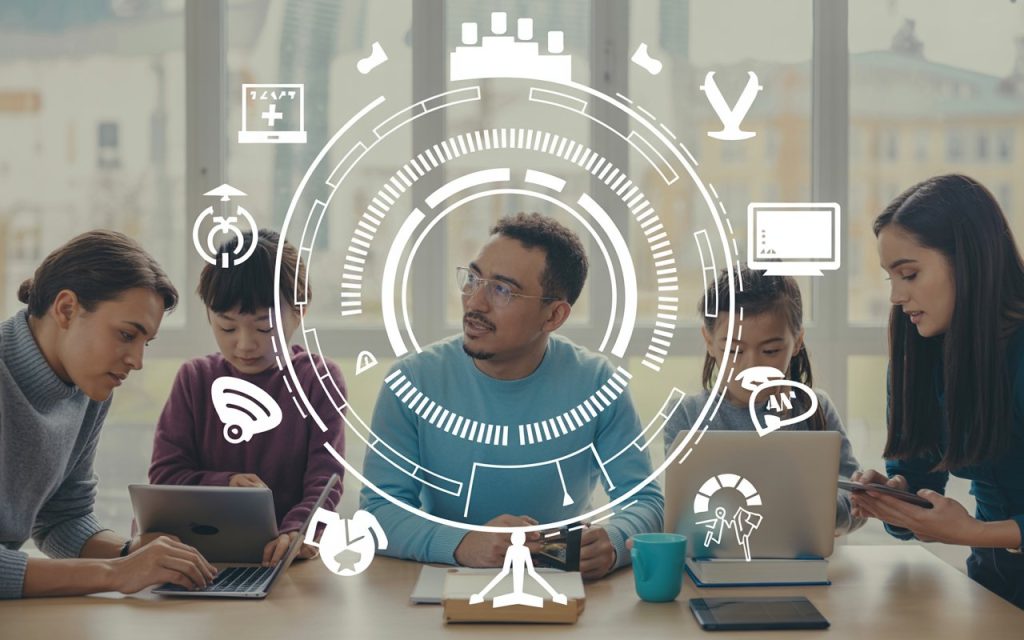
Conclusion
Microlearning is a powerful new way to learn and upskill in just minutes. It fits busy schedules, helps you remember more, and makes learning fun and flexible. Whether you are a student, a worker, or just someone who loves to learn, microlearning can help you grow and succeed. Try it today and see how much you can learn in just a few minutes!



